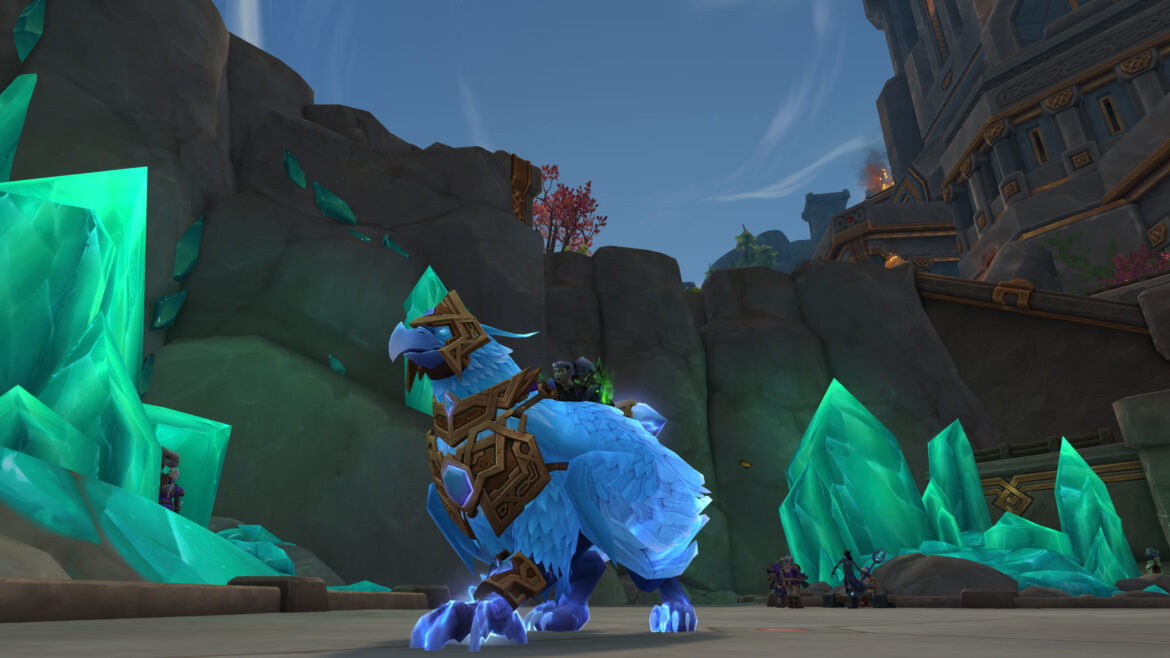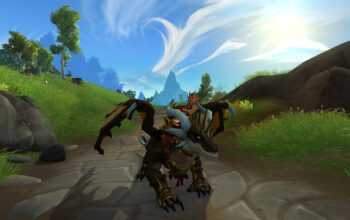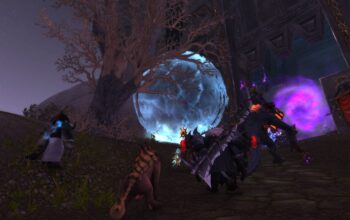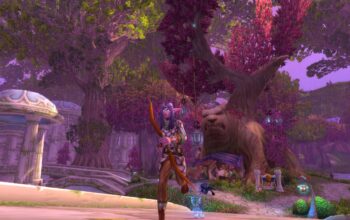Azeroth is more than a world built for quests and combat—it’s a world designed with intention, artistry, and hidden meaning. For decades, Blizzard’s map designers have embedded subtle clues, visual metaphors, and even coded messages within terrain layouts, mountain ridges, and ruins. These details often go unnoticed by casual players but reveal a deeper layer of world-building for those willing to look closer.
This article uncovers how map designers craft landscapes that whisper stories, conceal Easter eggs, and reflect the emotional undertones of Warcraft’s ongoing saga.
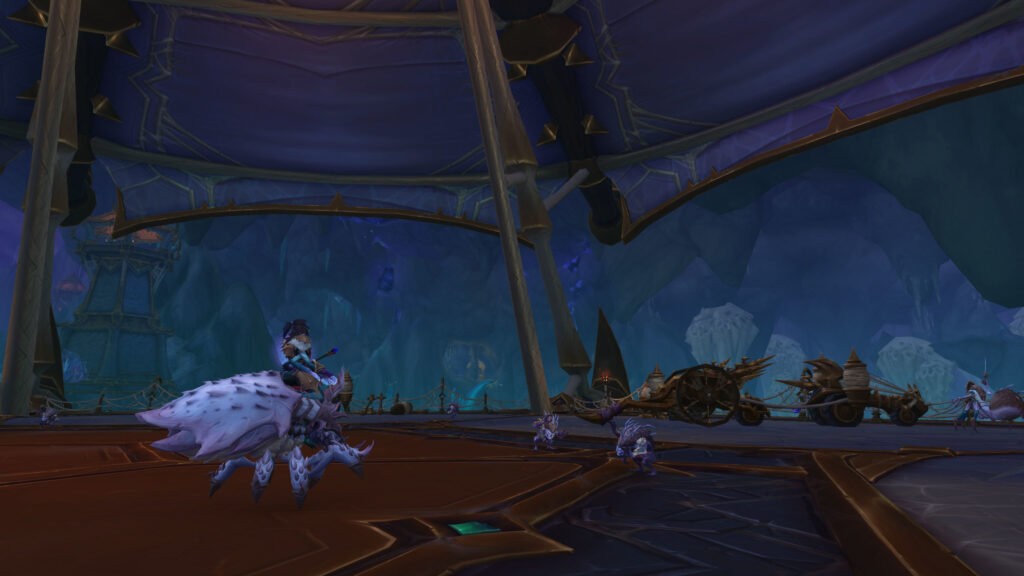
The Philosophy Behind Terrain Storytelling
Every valley, coastline, and ruin in World of Warcraft tells a story before a single questline begins. Blizzard’s map team doesn’t treat geography as a backdrop—it’s a narrative tool. Whether it’s the jagged ridges of the Broken Isles or the symmetry of Stormwind’s architecture, form always follows lore.
Senior designers have often described terrain as “a silent narrator.” The landscape reflects cultural values—Orgrimmar’s harsh red cliffs mirror the Horde’s resilience, while Suramar’s layered geometry represents arcane order collapsing into chaos. The ground itself speaks, if players know how to listen.
Hidden Patterns and Easter Eggs
Over the years, fans have uncovered countless hidden symbols and design quirks. Some are humorous, others deeply thematic. The table below lists some of the most fascinating examples of secret messages hidden in Azeroth’s maps:
| Region | Hidden Detail | Meaning or Reference |
|---|---|---|
| Tanaris Desert | Sand dunes shaped like a Blizzard logo | An homage to the studio’s early map artists. |
| Storm Peaks | Mountains form a faint rune pattern | Represents Titan influence over the land. |
| Duskwood | Shadowy glade shaped like a crescent moon | Reference to Elune and the Night Elves’ presence. |
| Azsuna | Ruins align into a broken sigil | Symbolizes the shattering of Highborne civilization. |
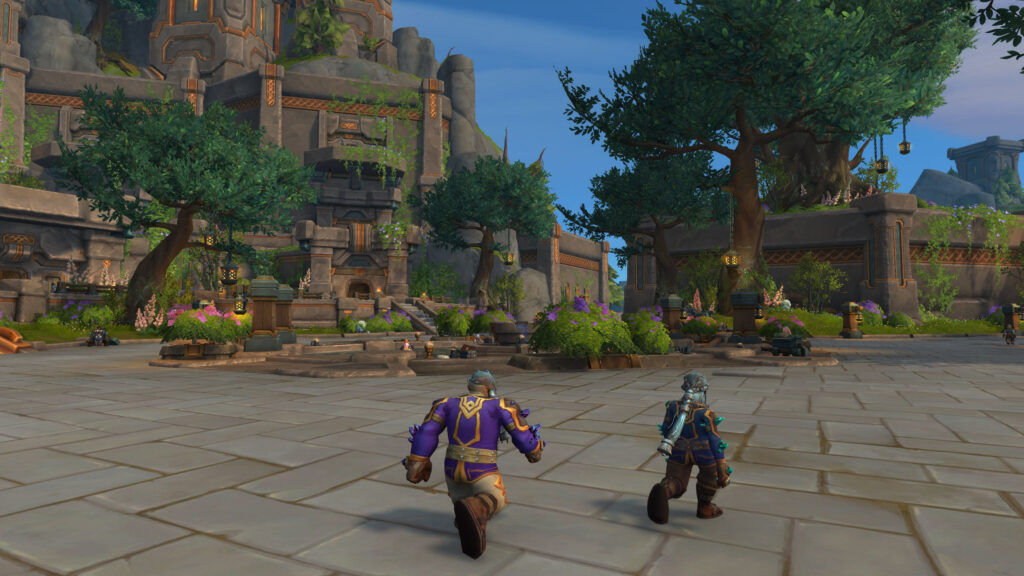
These details show how design teams reward observant players—turning exploration into discovery beyond loot or lore.
Geography as Emotional Design
Map design often reflects mood. The transition from lush fields to desolate plains mirrors a character’s emotional arc or a faction’s downfall. Consider how the Plaguelands’ sickly greens still evoke the lingering shadow of the Scourge, or how Pandaria’s calm forests balance years of war-torn landscapes elsewhere.
Such choices make Azeroth feel alive—each zone isn’t static but emotional geography, shifting in tone and intent as the story evolves.
Developer Signatures and Tributes
Many map elements double as tributes to developers, fans, or moments in gaming culture. Gravestones engraved with cryptic initials, caves shaped like signatures, and peculiar object placements often immortalize those who built Azeroth itself. These hidden homages make the world as much a personal diary as a fantasy setting.

It’s a reminder that behind every digital horizon lies human creativity—a tradition Blizzard’s cartographers continue to uphold.
The Player’s Role in Decoding the World
Players act as archaeologists of Blizzard’s artistic intent. Every new expansion triggers a new hunt: fans scouring terrain maps, using drones or flight paths to uncover what lies beneath. Dataminers may reveal code, but explorers reveal meaning. Community discoveries breathe new life into old zones, proving that maps in WoW are never truly finished—they evolve through interpretation.
In this sense, the map becomes a dialogue between player and designer, each new discovery adding a verse to Azeroth’s ongoing story.
Conclusion

From hidden initials in cliff faces to terrain shaped by lore itself, Blizzard’s map design shows how even geography can tell a story. These secret messages bind the world’s surface and its soul, creating a connection that rewards curiosity and imagination.
Azeroth is not just drawn—it’s written in stone. And for those who look closely, every mountain still speaks.

